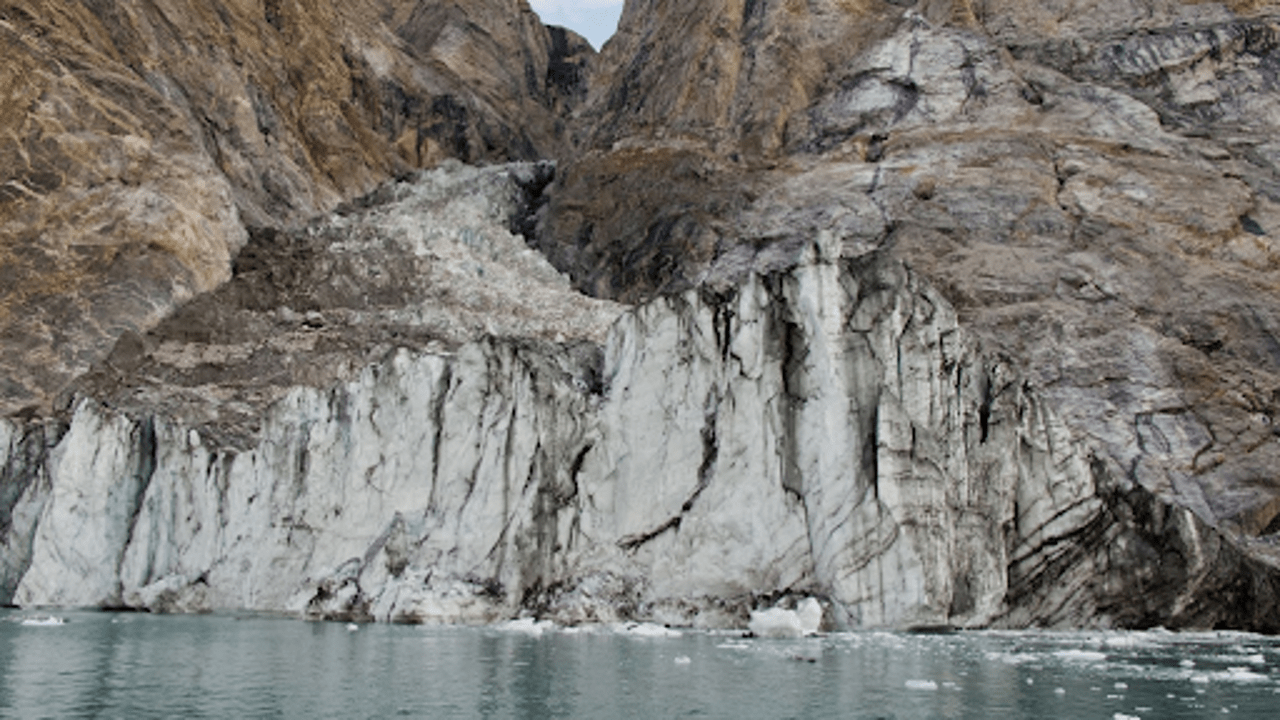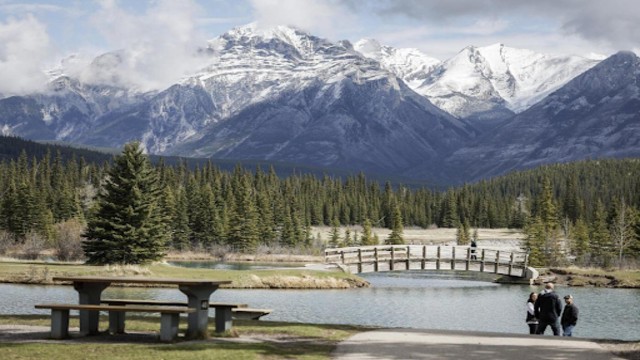
A view of the mountain in Dickson Fjord, eastern Greenland, as it appeared on August 12, 2023, just before the landslide occurred. CNN
Last September, Greenland experienced a dramatic and unsettling event: a melting glacier triggered a massive landslide, which in turn caused a colossal 650-foot high mega-tsunami. This natural disaster was followed by an unusual phenomenon: a mysterious vibration that persisted for nine days and puzzled scientists around the globe.
Over the past year, scientists have been working diligently to understand this strange signal. According to a recent study published in the journal Science, the findings highlight the profound changes occurring in the Arctic as global temperatures continue to rise.
Initially, seismologists were concerned their equipment had malfunctioned when they detected unusual vibrations in September. Stephen Hicks, a co-author of the study and seismologist at University College London, described the signal as a “monotonous hum” rather than the typical rumbling of an earthquake. Unlike usual earthquake signals that last for minutes, this one went on for nine days, which was “completely unprecedented,” according to Hicks.
Researchers traced the mysterious signal to eastern Greenland but could not pinpoint the exact location. They then reached out to Danish colleagues, who had reported a landslide-induced tsunami in the remote Dickson Fjord region. This led to an international effort involving 68 scientists from 15 countries, who analyzed seismic data, satellite imagery, and tsunami simulations to solve the mystery.
The investigation revealed what is known as a “cascading hazard,” where a chain of events is triggered by climate change. For years, a glacier at the base of a towering mountain in Dickson Fjord had been melting due to the rapidly warming Arctic climate. As the glacier thinned, the mountain became unstable and eventually collapsed on September 16, 2023. The resulting landslide sent enough debris into the fjord to fill 10,000 Olympic-sized swimming pools.
The mountain as it looked on September 19, 2023, following the landslide. CNN
The massive tsunami that followed was one of the highest recorded in recent history. It created a phenomenon called a “seiche,” where waves trapped in the narrow, bendy fjord sloshed back and forth every 90 seconds for over a week. Although seiches are known, scientists were surprised to find one lasting so long. Svennevig, a researcher involved in the study, likened the discovery to finding a new color in a rainbow.
This prolonged seiche generated significant seismic energy, which was detected by scientists. It’s potentially the first time such an impact of climate change has been observed directly in the Earth’s crust. The vibrations traveled from Greenland to Antarctica in about an hour, illustrating the global reach of these events.
While no one was injured by the tsunami, it did damage a military base and destroy ancient cultural heritage sites. The fjord, a popular route for cruise ships, could have seen devastating consequences if a ship had been present at the time.
In 2023, icebergs floated through the Scoresby Sound Fjord in eastern Greenland. CNN
The study underscores that the Arctic is undergoing rapid and unpredictable changes. As the region warms four times faster than the global average, the likelihood of landslide-triggered mega-tsunamis may increase, posing significant risks. Similar fjords exist in other regions, including Alaska, Canada, and Norway, which could also face such threats.
Recent rock avalanches in the Arctic and Alpine areas further highlight the instability caused by climate warming. Experts warn that more frequent rock collapses in permafrost slopes are likely as temperatures continue to rise. The unusual behavior of natural phenomena in Greenland serves as a stark reminder of how climate change is altering our world in unforeseen ways.















